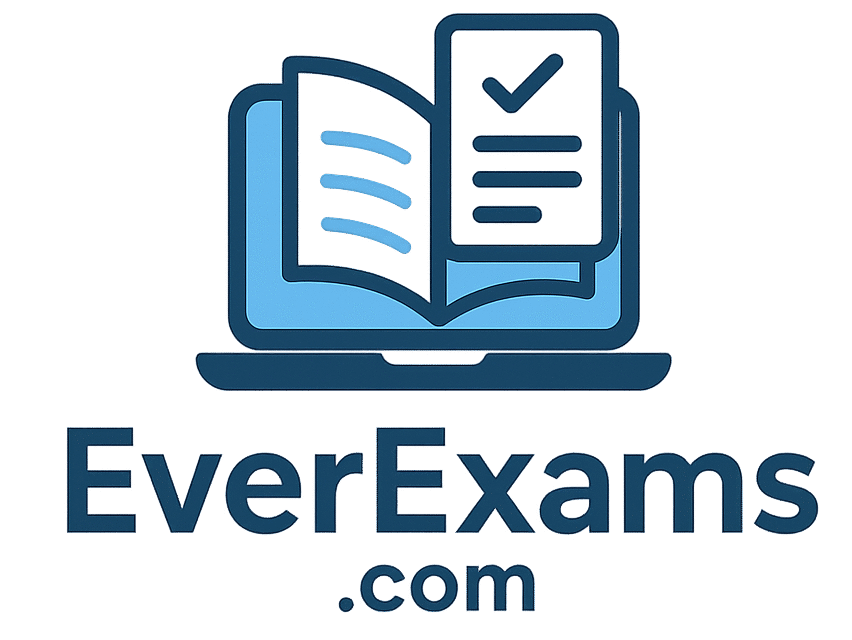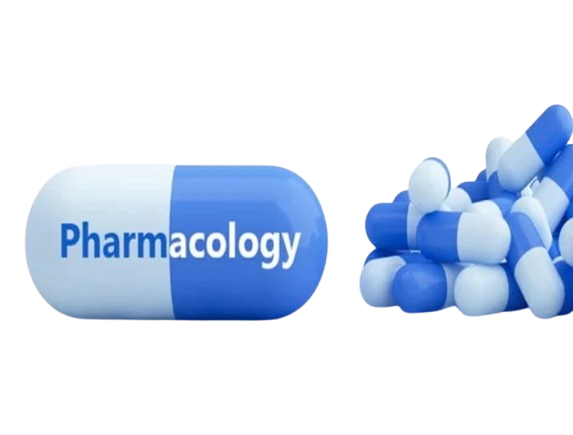Pharmacy technician
-
Summary of Pharmacology B category Part 2
Explore the comprehensive summary of Pharmacology Part 2 b category punjab pharmacy council, covering key drug classes, mechanisms of action, therapeutic uses, and side effects. Perfect for B-Category students, this...
-
MCQs: Patient Data, Drug Data, and Record Keeping Analysis
Chapter 3 topics with MCQs focused on Patient Data, Drug Data, Record Keeping, and Data Analysis. This resource covers essential concepts for efficient healthcare data management. Practice exam-aligned questions to...
-
Unit 2 Computer 2nd year b category pharmacy council
Prepare effectively with MCQs on the preliminary introduction of packages. These questions cover essential concepts relating to pc tools, norton utilities, ms excel, ms word, computer topic providing a solid...
-
Fundamental of Computer Unit 1 mcqs
Definitions and Functions Types of Computers Computer Hardware Software Networking Storage Devices Internet and Communication Miscellaneous Computer Security Software Tools
-
Quality Control in Pharmaceutics – Key Concepts and MCQs
Gain insight into Quality Control in Pharmaceutics with a focus on essential concepts and practical applications. Explore MCQs and detailed explanations to enhance your understanding and prepare for exams effectively....
-
Storage of Pharmaceutics MCQs, Pharmacy b category part 2 guess
Prepare for exams with MCQs on Storage of Pharmaceutics. Cover key topics like storage conditions, stability, and regulations with targeted questions and detailed answers.
-
Filling, Packaging, and Materials Used in Packaging MCQs
Master Filling, Packaging, and Materials Used for Packaging with targeted MCQs. Learn about packaging types, materials, and techniques to excel in exams with confidence.
-
MCQs on Added Substances: Preservatives, Antioxidants, Solubilizers & More
Prepare with MCQs on added substances like preservatives, antioxidants, solubilizers, suspending agents, buffers, and stabilizers. Understand their roles in pharmaceutics and strengthen your exam readiness. Preservatives Antioxidants Solubilizers Suspending Agents...
-
MCQs on Formulation and Manufacturing of Solid, Semi-Solid, Liquid, and Parenteral Dosage Forms
Prepare with MCQs on the formulation and manufacturing of solid, semi-solid, liquid, and parenteral dosage forms. Explore key concepts, techniques, and quality standards to excel in your exams. Solid Dosage...
-
MCQs on General Introduction to Processes and Equipment in Pharmaceutics
Prepare with MCQs on the general introduction to processes and equipment used in pharmaceutics. Learn about key machinery, techniques, and their applications in manufacturing and quality control. General Introduction of...


